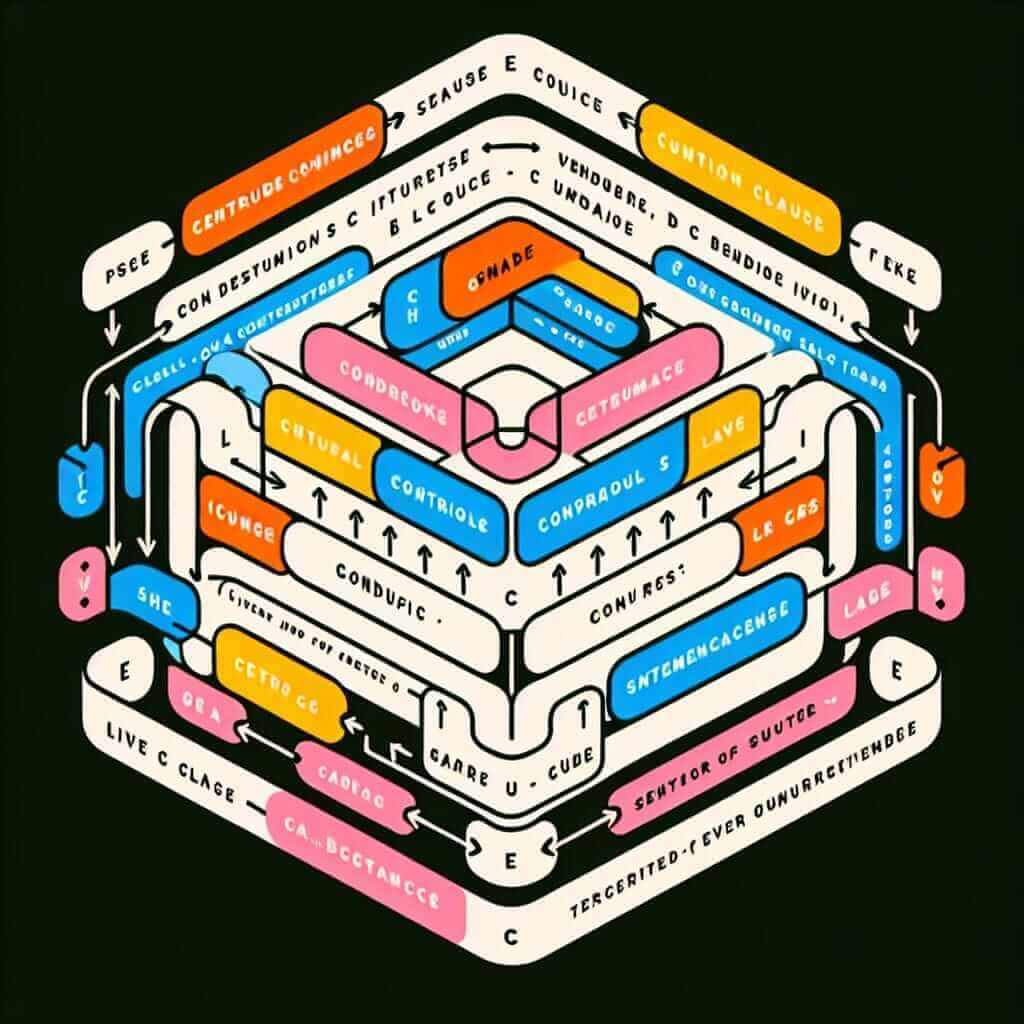“Were it not for the rain, we would have played.” This sentence might sound a little unusual, right? That’s because it utilizes a grammatical structure called an inverted conditional, often used to express hypothetical situations in a more formal and emphatic way. Mastering this structure can significantly enhance your IELTS writing and speaking scores, demonstrating a higher level of grammatical range and accuracy.
Here are some examples of how inverted conditionals can be used in different sections of the IELTS exam:
Speaking (Part 3):
- Examiner: Do you think cities should invest more in public transportation?
- You: Absolutely! Were it not for the high costs and limited routes, I believe more people would choose public transport over private vehicles.
Writing (Task 2):
- Prompt: Some people argue that technology has made our lives more stressful. Discuss.
- Essay: …Were it not for the constant pressure to stay connected and the overwhelming influx of information, technology could indeed be a force for reducing stress…
Let’s break down this structure and explore how you can use it effectively in your IELTS preparation.
Deconstructing “Were It Not For…”
This structure signals a hypothetical situation in the past, suggesting that something did NOT happen due to a specific condition. Let’s analyze its components:
-
Inversion: The sentence structure is inverted, starting with “Were” instead of “If.” This inversion adds emphasis and formality to the conditional statement.
-
“Were” + Subject: Notice the use of “were” regardless of the subject. This is a specific rule for this type of inverted conditional.
-
“Not For”: This phrase highlights the obstacle or condition that prevented the hypothetical situation from happening.
-
Main Clause (Result): This part of the sentence, often using “would have,” “could have,” or “might have,” explains what WOULD have occurred if the condition had been different.
Mastering Inverted Conditionals: Formula and Application
Here’s the formula for constructing this type of inverted conditional:
Were + Subject + not + for + Noun/Noun phrase, Subject + would/could/might + have + past participle

How to use it effectively in your IELTS writing and speaking:
- Speaking: Use inverted conditionals sparingly in Part 1 for short, impactful answers. In Part 3, they can demonstrate sophisticated grammar when discussing hypothetical scenarios or expressing opinions.
- Writing: In Task 1 (describing trends), you can use inverted conditionals to explain how a trend might have been different under different circumstances. In Task 2, they are effective for discussing hypothetical situations and their potential outcomes.
Illustrative Examples for IELTS
Here are some examples of how to effectively incorporate inverted conditionals into your IELTS responses:
Speaking (Part 3):
- Examiner: What are the biggest challenges faced by your generation?
- You: I think one of the major challenges is the competitive job market. Were it not for the fierce competition, I believe many young people would be able to find fulfilling careers more easily.
Writing (Task 2):
- Prompt: Many believe that the internet has had a negative impact on our ability to focus. To what extent do you agree or disagree?
- Essay excerpt: …While it’s true that the internet can be distracting, were it not for its incredible research capabilities and access to information, our lives would be significantly less efficient…
Level Up Your Language: Variations and Alternatives
To showcase a wider range of grammatical structures, consider these variations:
-
“Had + Subject + not + past participle”: This structure is more formal and emphasizes the past hypothetical situation.
- Example: Had the government not invested in renewable energy, the country would be facing a severe energy crisis.
-
“But for + noun/noun phrase”: This phrase can replace “were it not for” to create a more concise expression.
- Example: But for the timely intervention of the medical team, the patient’s condition could have worsened.
Common Pitfalls to Avoid
- Incorrect Verb Tense: Remember to use the past perfect (“would/could/might have + past participle”) in the main clause to indicate a hypothetical outcome in the past.
- Subject-Verb Agreement: Even with inversion, ensure the verb agrees with the subject in the main clause.
- Overuse: While impressive, avoid overusing inverted conditionals. Use them strategically to emphasize specific points.
Conclusion
Mastering inverted conditionals like “were it not for…” will significantly elevate your grammatical range and accuracy in the IELTS exam. By understanding the structure, practicing its application, and being mindful of common errors, you can confidently incorporate this sophisticated grammar point into your speaking and writing, boosting your chances of achieving a higher band score. Remember to practice using these structures in various contexts related to common IELTS themes, and soon you’ll be wielding them with ease and precision.